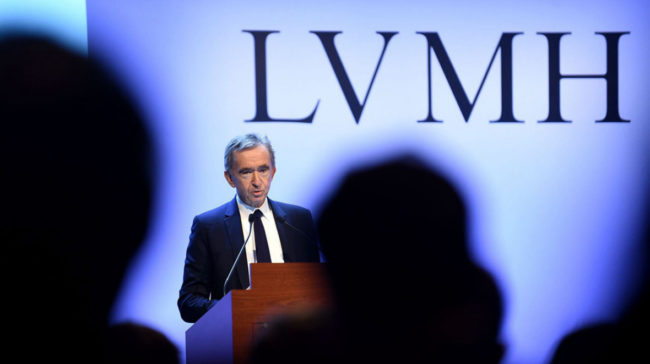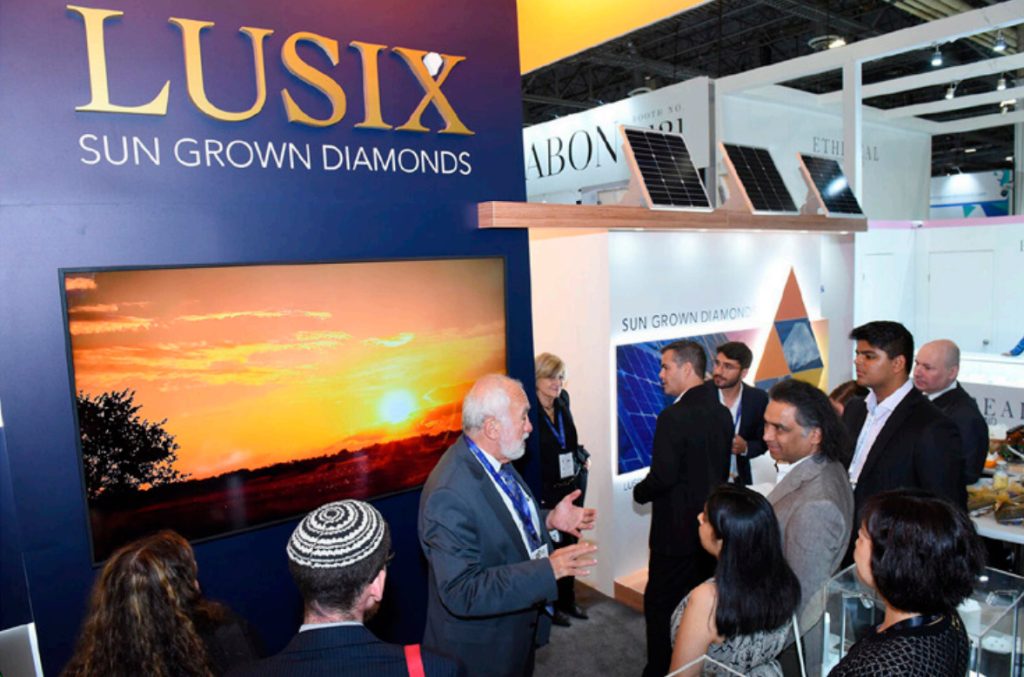Ever since lab grown diamonds stepped away from their dull-brown industrial origins and into glittering light of fine jewellery, things have been tense between their supporters and the establishment behind natural mined diamonds.
In 2018, the US Federal Trade Commission revised its definition of diamonds and imposed new rules on the jewellery trade, rules that became adopted globally – a diamond is a diamond, no matter how it was forged. From that moment, what is now the Natural Diamond Council established the official party line: “Crafted by nature over millions of years, natural diamonds are inherently valuable, rare and precious.” The implication was that lab grown diamonds were cheap substitutes made in a factory with no value aside from their cost of production.

It was a noble position, but it disregarded one key factor: if it shines like a diamond and it is a diamond, most customers aren’t really going to care where it comes from.
In the early days after this rule-change, the big luxury brands – the ones with the most to lose, including Bulgari, Cartier and Tiffany – stood and defended the natural diamond line.
But times changes everything – not least carbon into diamonds. LVMH Luxury Ventures, the mega-stable of luxury brands (which now owns Tiffany) has just completed a USD $90 million investment round in an Israel-based lab grown diamond company named Lusix. Lusix is the lab grown diamond industry’s first 100 percent solar-powered diamond producer.
It markets its gems under the “Sun Grown Diamond” brand. It produces clear and custom-coloured rough and is one of the industry’s leading producers of premium quality diamond. The $90 million investment by LVMH will be used to bring a second 100 percent solar-powered facility online in the next few months.
The fact that LVMH has taken such a prominent stance in the lab grown field increases the likelihood that the lab grown market will accelerate even faster than many expected. As it stands, the entire lab grown diamond industry is estimated at just under USD $6 billion and even before this announcement, according to Forbes, was predicted to double in size by 2025.

LVMH chairman and chief executive, Bernard Arnault, recently surpassed Amazon’s founder Jeff Bezos to become the world’s richest person with an estimated net worth of around USD $186.3 billion, according to Forbes. Arnault has made his fortune via a series of astute takeovers of luxury companies and then ensuring those brands stay at the cutting edge of trends and fashions.
Despite some LVMH brands holding out on lab grown diamonds (Tiffany and Bulgari), others have dived in wholeheartedly. Tag Heuer’s recent lab grown diamond watch, the Carrera Plasma, was made with diamonds created by Lusix. Tag Heuer’s CEO is Frederic Arnault, Bernard’s son and a Millennial with a keen eye for appeals to a younger customer.
The owner of Lusix, Israeli billionaire Benny Landa, was at JCK Las Vegas in June and was asked if he expected other brands in the LVMH stable to use his diamonds.
Landa remained coy but his answer should give many something to ponder. “I cannot speak on behalf of LVMH, but I would ask myself why would a luxury brand make such an investment. There are obviously very good reasons,” he said.

The issue remains about choice – and lab grown diamonds are an attractive choice to the next generation of luxury consumers. Natural diamonds have environmental and social challenges to overcome that ‘renewable’ and ‘sun grown’ diamonds can bypass. Not to mention, a bigger, brighter, cheaper diamond is often the choice everyone wants.
Read below for related stories: